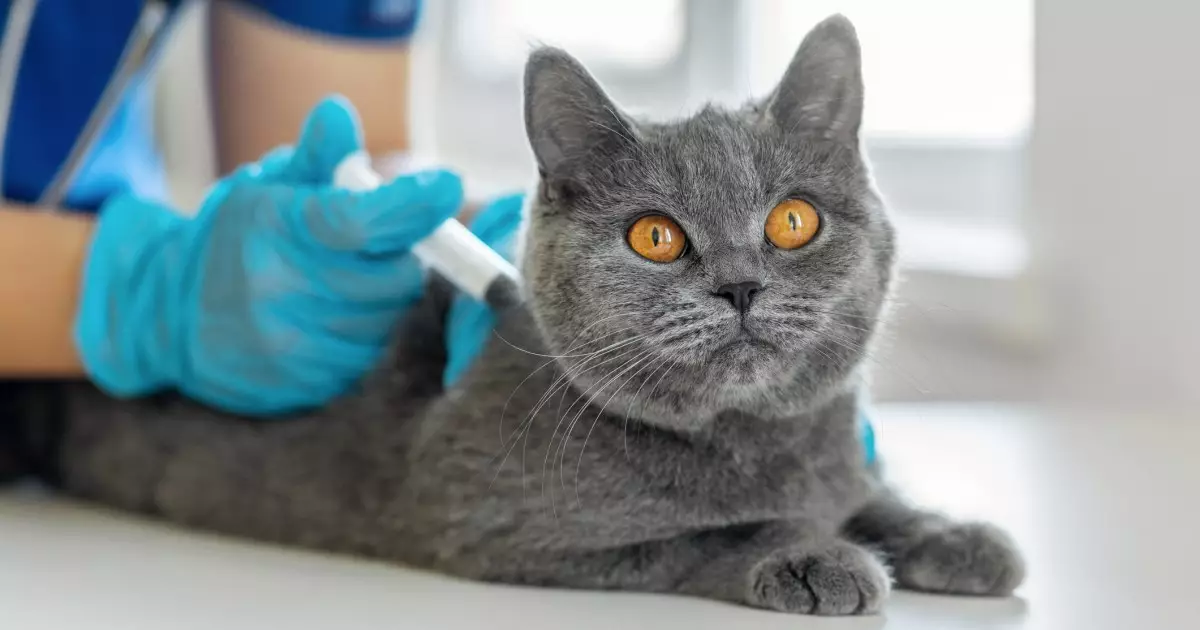Cats hold a special place in the hearts of millions, serving as beloved companions and valued members of households worldwide. However, their cuteness comes with a significant responsibility: managing their reproduction. Cat overpopulation is a growing concern, with an estimated 600 million felines inhabiting the Earth. As caring cat parents, it is crucial to actively partake in measures that prevent unwanted litters, contributing to the escalating issue of overpopulation. Traditional methods of sterilization, namely spaying and neutering, remain the standard; yet, recent advancements in veterinary medicine suggest that less invasive options may soon enter the realm of feline reproduction control.
Recent findings reported in the scientific journal *Nature* indicate a promising new method for feline contraception: a single injection of anti-Müllerian hormone (AMH) designed to induce permanent infertility in female cats. This method diverges from traditional surgical intervention and aims to alter the reproductive capabilities of female cats without the inherent risks associated with surgery. Utilizing gene therapy, the injection introduces genetic material to the muscle tissue of female felines, instructing their bodies to produce AMH—a hormone known for its role in regulating reproductive functions. The implications of this research are profound, as they suggest a non-invasive approach to manage populations of both domestic and feral cats.
Veterinary experts laud this potential breakthrough for its operational simplicity and humane approach to cat sterilization. Dr. Aime Johnson highlights the difficulties surrounding the traditional spaying process, especially in feral cats, which often involves extensive stress, financial burden, and logistical challenges. The process of trapping feral cats, transporting them for surgery, and rehabilitating them post-operation can be daunting. A direct injection method offers a streamlined alternative; cat owners and rescuers can merely trap, inject, and promptly release the animal without the waiting period typically following surgical procedures.
Moreover, the injectable method circumvents the risks associated with anesthesia and surgical complications such as infection or hemorrhage. The recovery from surgical procedures can take up to ten days, instilling additional strains on the health and wellbeing of the animals involved. As such, a straightforward injection could usher in a new era of feline welfare and population control.
Despite the optimism surrounding injectable birth control, it is crucial to acknowledge the limitations of the current research. The study in *Nature* encompassed a small sample size of just nine cats—only six of which were treated with the hormonal injection. Two of these treated cats later mated but did not conceive. While initial findings are encouraging, the sample size is insufficient to make broad claims about the efficacy and safety of AMH injections across larger and more varied feline populations.
Future research efforts need to build upon this groundwork, investigating long-term effects, the necessary dosage, and the potential side effects of this novel contraceptive approach. Rigorous testing in both domestic and feral populations will be essential to validate the findings and ensure that this method could reliably contribute to managing cat overpopulation.
For the time being, spaying and neutering remain the best established methods to curtail feline overpopulation effectively. However, the exploration of alternative contraceptive solutions like injectable AMH hormone therapy reflects a significant stride towards innovation in veterinary reproductive health. As this research develops, the prospect of safer and more humane options for sterilizing cats may pave the way for tangible advancements in animal welfare.
As cat owners, it is our incumbent duty to stay informed and proactive. In addition to supporting scientific progress, we must continue advocating for responsible pet ownership practices. Whether through spaying and neutering or following the promising developments in veterinary science, we can collectively work towards a future where feline overpopulation becomes a concern of the past. In doing so, we not only safeguard our feline companions but also contribute to a sustainable and compassionate relationship with all animals.


Leave a Reply